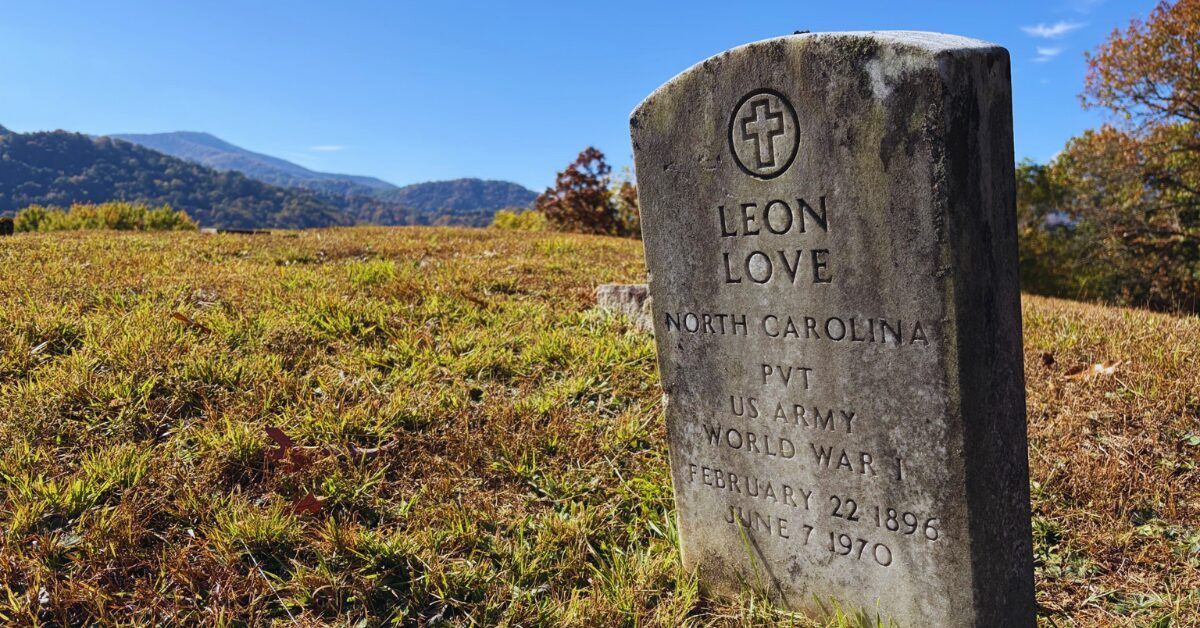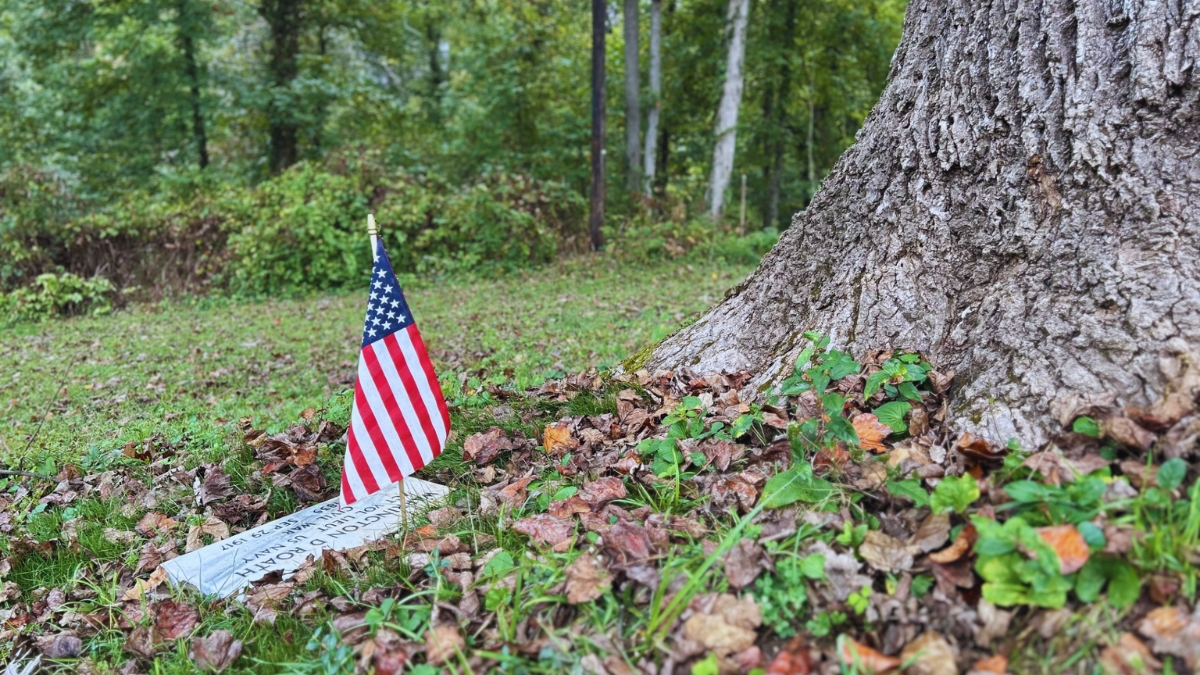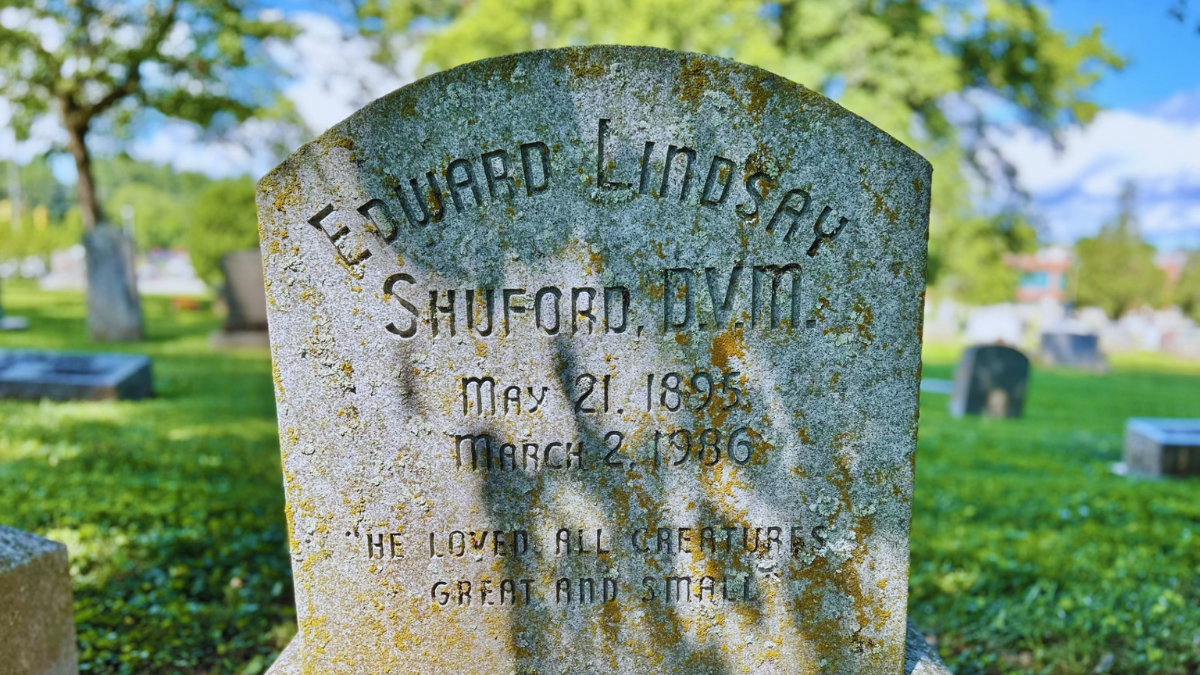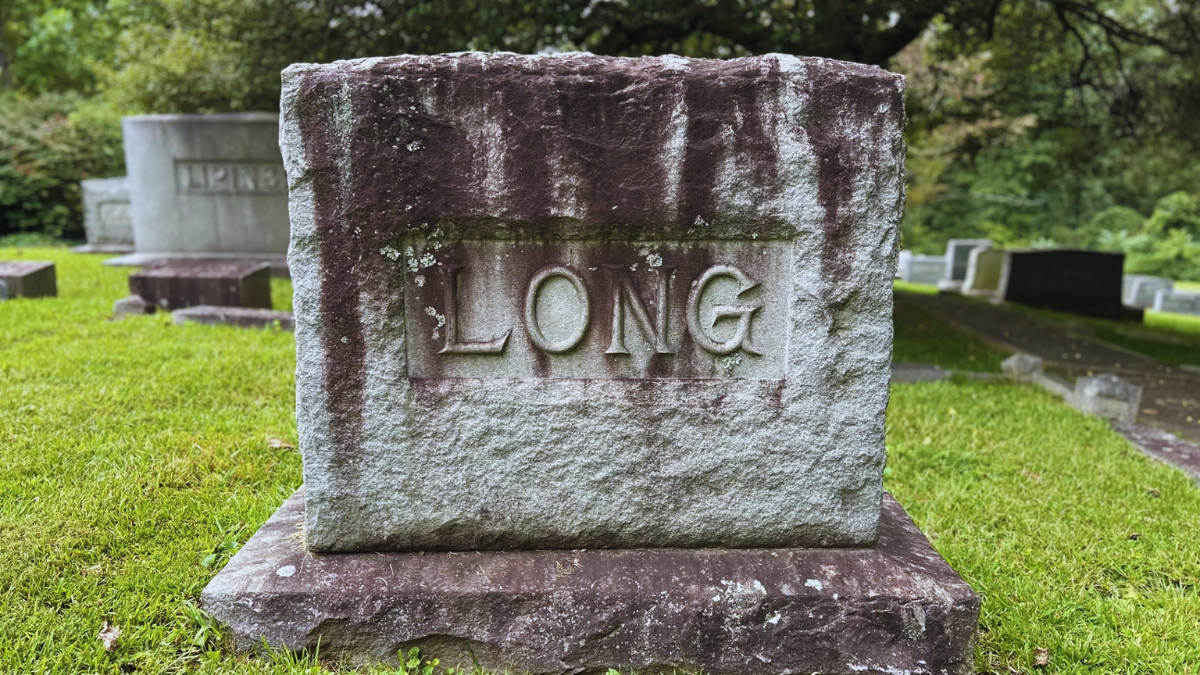Editor’s Note: Western North Carolina is rich with untold stories—many resting quietly in local cemeteries. In this Tombstone Tales series, we explore the lives of people from our region’s past whose legacies, whether widely known or nearly forgotten, helped shape the place we call home.
WAYNESVILLE, N.C. — On the steep hillside above Waynesville’s Pigeon Street neighborhood, a marble headstone catches the morning light. It bears a name, a war, and a quiet story about fate.
Leon Love was born in Waynesville on Feb. 22, 1896, a young Black man coming of age in a segregated South. He learned a trade from his father, Henry, becoming a plasterer whose hands built and mended the walls of other people’s homes.
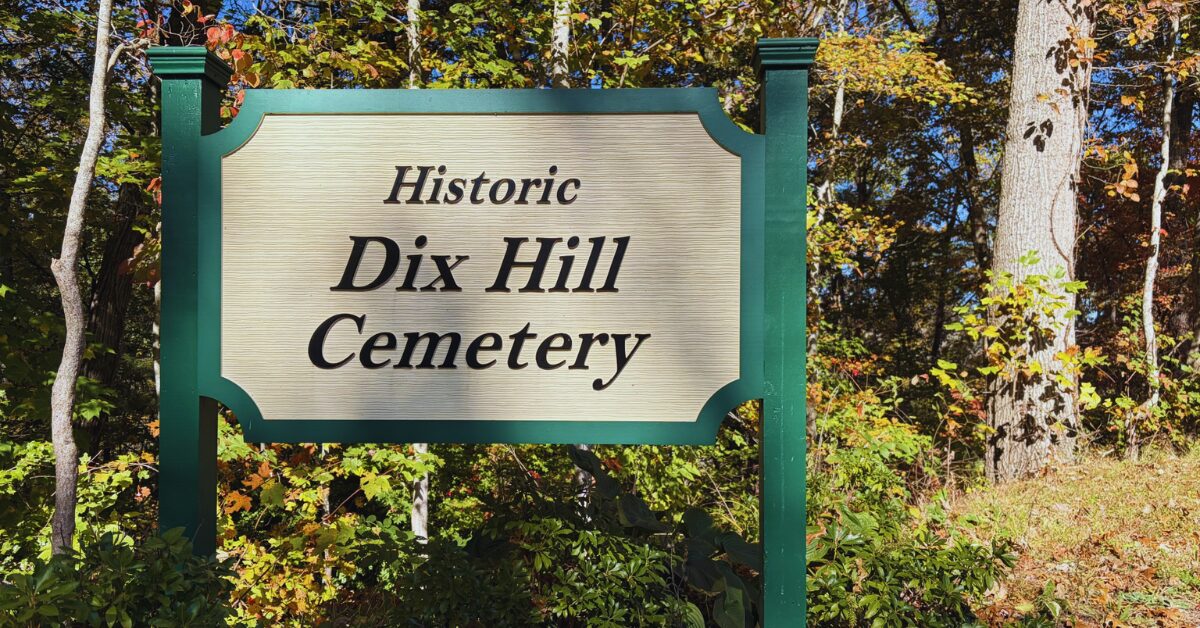
When the United States entered World War I, the call for soldiers reached the mountains. At twenty-two, Love was drafted and inducted into the segregated Army on April 29, 1918. His papers described him as tall and slender, unmarried, with a tenth-grade education. He was sent first to the 156th Depot Brigade, a unit where African American recruits were often assigned to train and organize others rather than fight themselves.
That summer, Love transferred from Fort Jackson, South Carolina, to Fort Meade, Maryland. There, he joined the 167th Field Artillery Brigade, the first African American artillery brigade ever formed, part of the 92nd Infantry Division known as the Buffalo Soldiers. The men of the 92nd would soon face brutal combat in Europe. For reasons no known record explains, Leon Love remained with the brigade for only nine days before it shipped out for the front.
That decision, or chance of timing, likely saved his life. The 92nd suffered devastating losses in the Italian theater, with one in four soldiers killed or wounded. Love instead spent the rest of the war stateside at Camp Upton in New York, serving with the 152nd Depot Company.
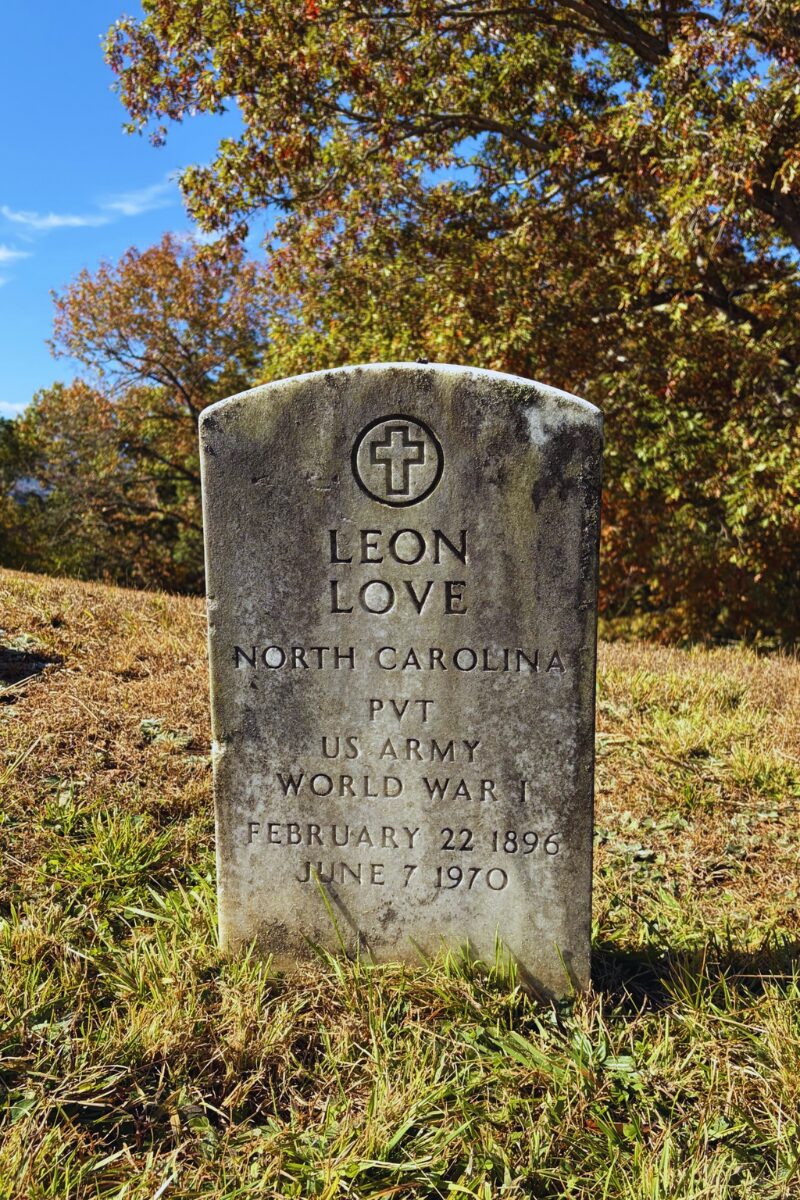
When the war ended, Love returned to the Blue Ridge. The 1940 census notes Love was working as a plasterer.
He died in 1970 and was laid to rest on Dix Hill, the historic African American cemetery overlooking Jones Temple AME Zion Church. Fewer than 250 headstones remain visible there, though hundreds more lie beneath the earth.
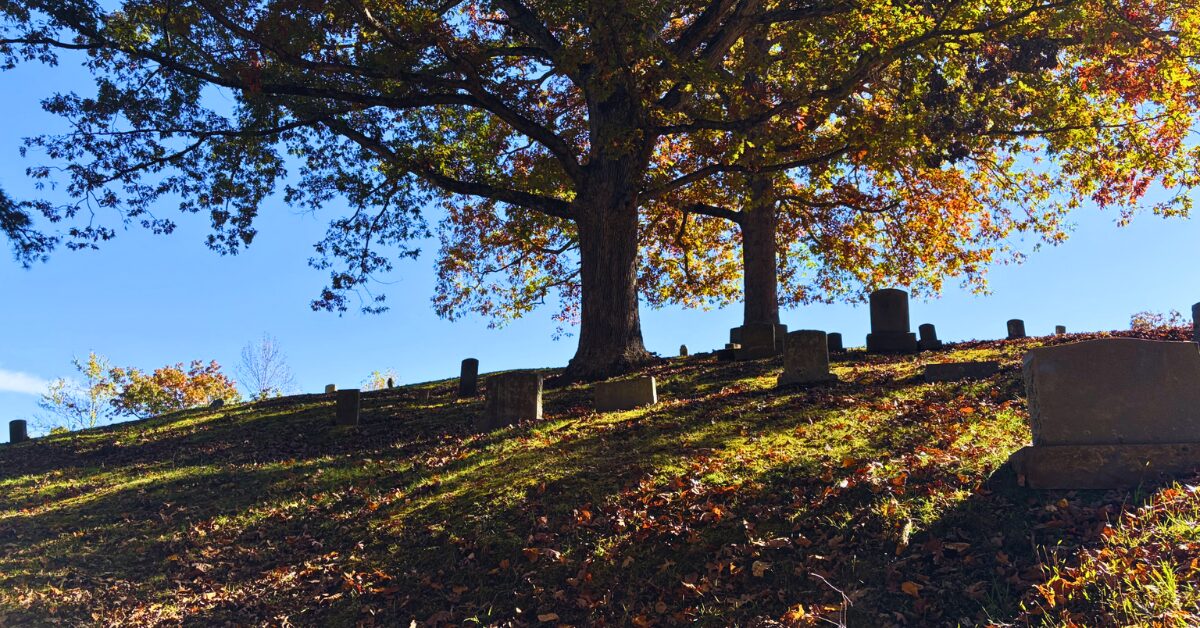
Among those who rest on the hill, Leon Love’s story lingers. His grave is simple, his life ordinary only on paper. A young man from the mountains answered his country’s call, stood at the edge of war, and stepped away from the fate that claimed so many. The path he followed back home to Waynesville became its own quiet victory.

